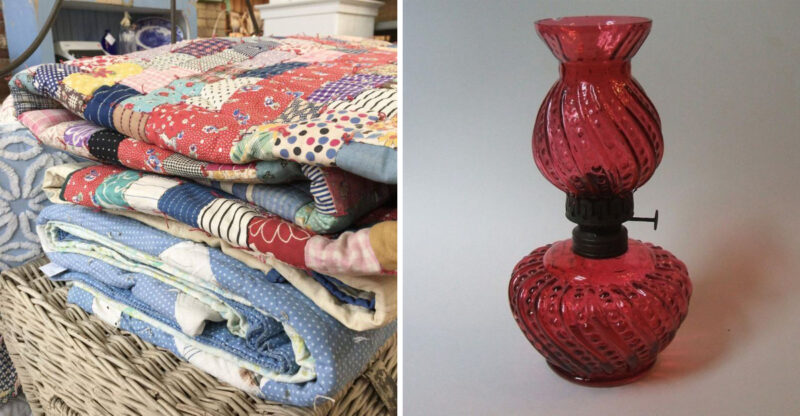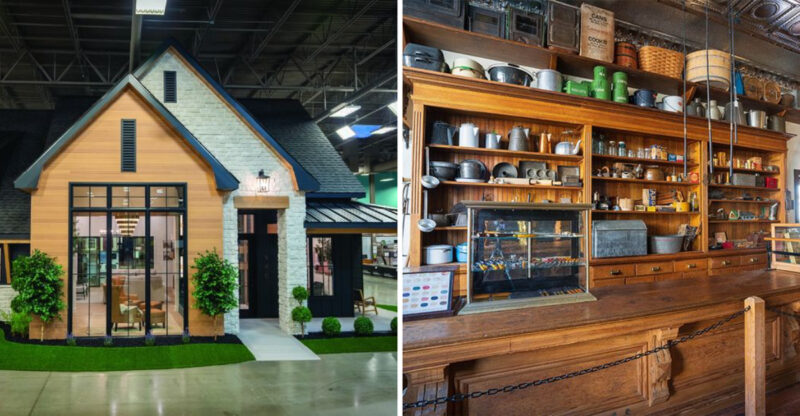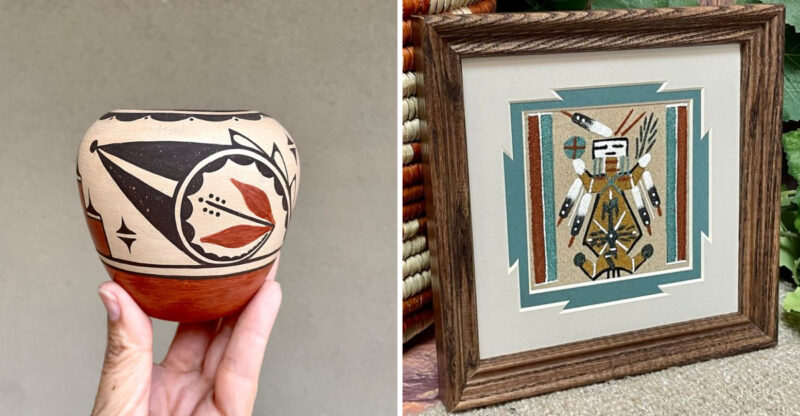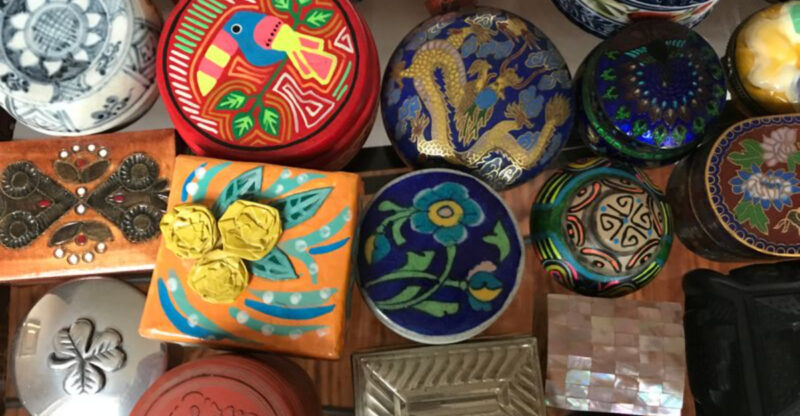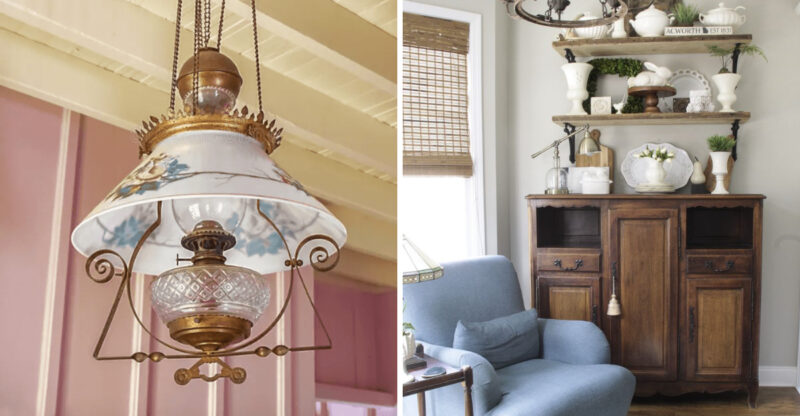8 Signs An Estate Sale Item May Be Valuable

Walking into an estate sale feels like stepping into a treasure hunt. Among the ordinary household items could be hidden gems worth hundreds or even thousands of dollars. Finding these valuable pieces isn’t just luck – it’s about knowing what subtle clues to look for.
Before you pass up what might seem like everyday objects, learn these telltale signs that might indicate you’ve stumbled upon something special.
Not every item at an estate sale will be valuable, and prices can vary. Always do your own research and verify items before purchasing.
1. Unusual Markings Or Signatures
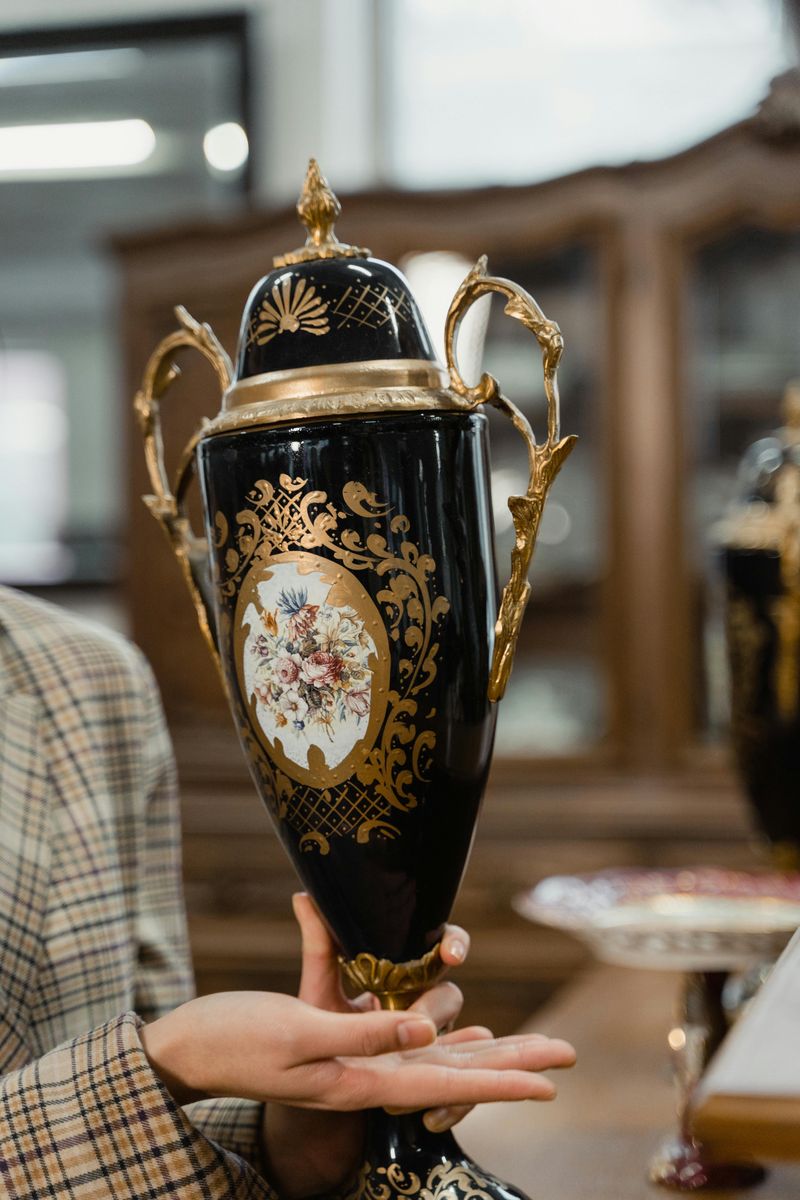
Look closely at the bottom or back of items for signatures, stamps, or hallmarks. These tiny details often reveal the maker, which can dramatically affect value. Famous pottery studios like Rookwood or Roseville have distinct marks that collectors recognize immediately.
Sterling silver typically bears a “925” mark or the word “sterling,” while gold jewelry should have karat markings (10K, 14K, etc.). Don’t overlook faded signatures on paintings or etchings either. Many valuable items have been sold for pennies simply because no one took the time to flip them over.
2. Quality Craftsmanship That Stands Out

Run your hands over furniture joints and edges. High-quality pieces feature dovetail joints rather than nails or screws, and solid wood instead of particleboard or veneer. The weight of an item often tells a story too. Heavier items typically indicate better materials.
Examine glass for clarity, evenness, and the absence of seams. Crystal will make a distinct “ping” sound when gently tapped with a fingernail, unlike regular glass. Handmade items show slight irregularities that mass-produced pieces lack.
3. Distinctive Design Styles From Notable Eras
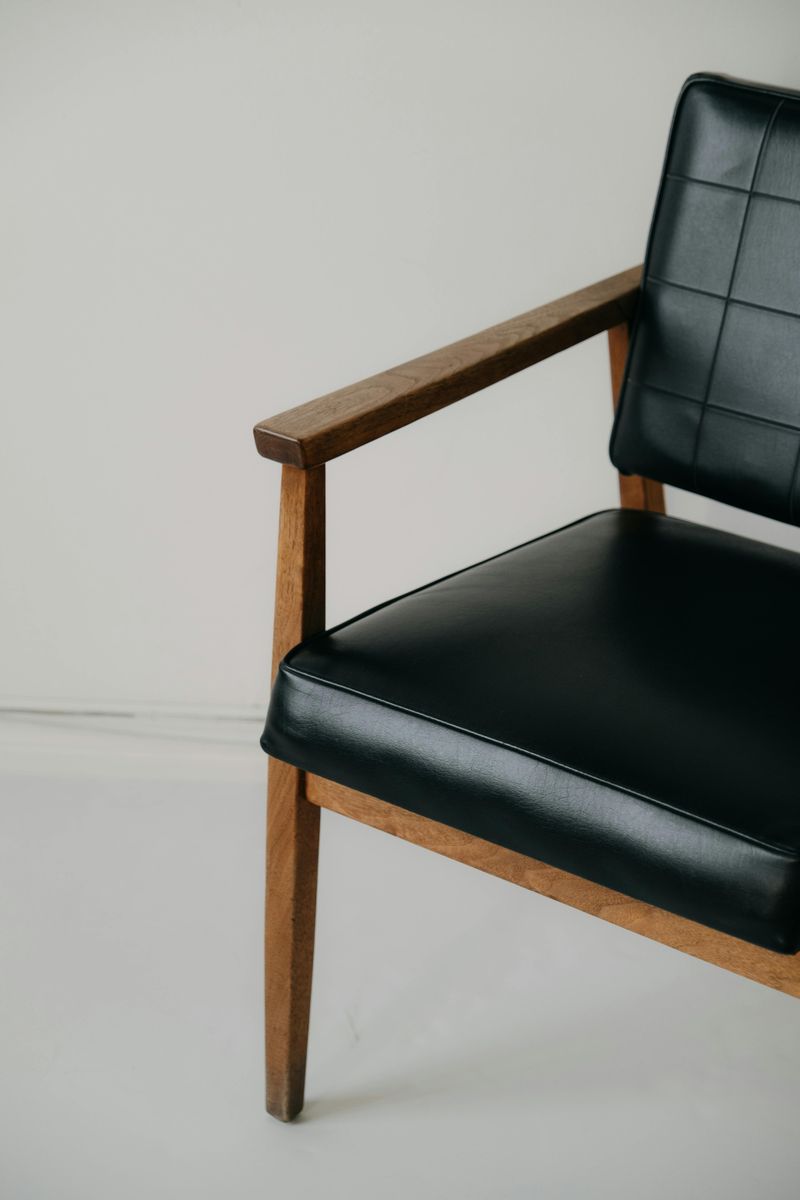
Mid-century modern furniture from the 1950s-60s fetches premium prices today. Look for clean lines, organic shapes, and designers like Eames, Knoll, or Herman Miller. Art Deco pieces from the 1920s-30s showcase bold geometric patterns and luxurious materials. Victorian items (1837-1901) often feature ornate details and dark woods.
Arts and Crafts movement pieces (1880s-1920s) emphasize simplicity and visible craftsmanship. Even items from the 1970s are becoming collectible now. Familiarize yourself with different design movements so you can spot valuable period pieces among the ordinary household goods.
4. Rare Materials That Catch The Eye
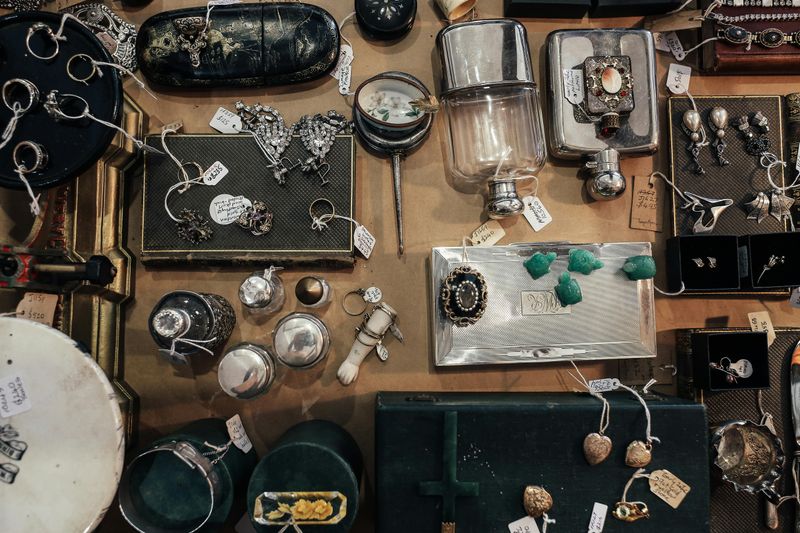
Items made from unusual or expensive materials often hold significant value. Bakelite jewelry – an early plastic popular in the 1930s-40s – now commands high prices from collectors. You can test it by rubbing the piece until warm; genuine Bakelite gives off a formaldehyde smell.
Tortoiseshell, ivory (though often illegal to sell), mother-of-pearl, and certain exotic woods signal quality and rarity. Metal items made from bronze, copper, or sterling silver rather than plated materials are worth a second look. Even common materials like glass can be valuable if they’re unusual colors.
5. Age-Appropriate Wear And Patina
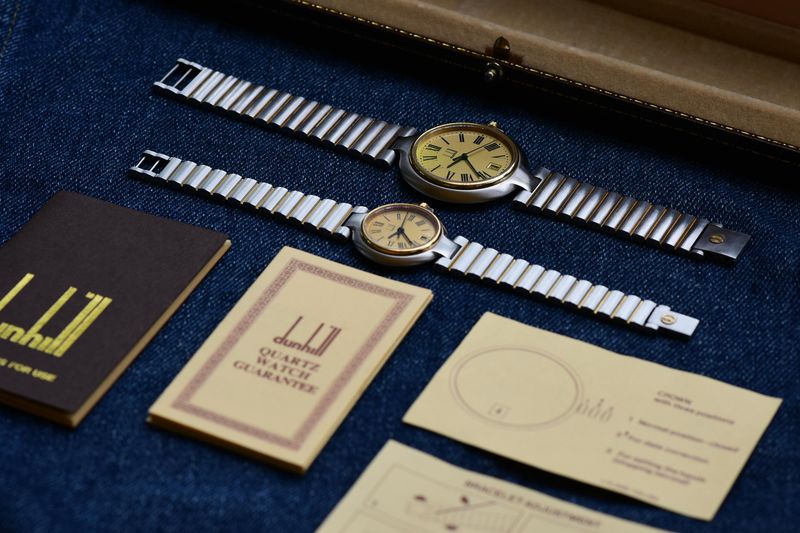
Genuine antiques show consistent wear patterns that match their age and use. Silver develops a beautiful tarnish called patina, while copper turns greenish-blue over time. Wood darkens naturally in specific areas where it’s been handled.
Beware of items that look artificially aged or have wear in unusual places. Real antiques rarely look pristine, but the aging should make sense for the item’s purpose and era.
Examine furniture feet for uneven wear, check drawer bottoms for genuine dust accumulation, and look for natural color fading on textiles.
6. Historical Connections Worth Investigating
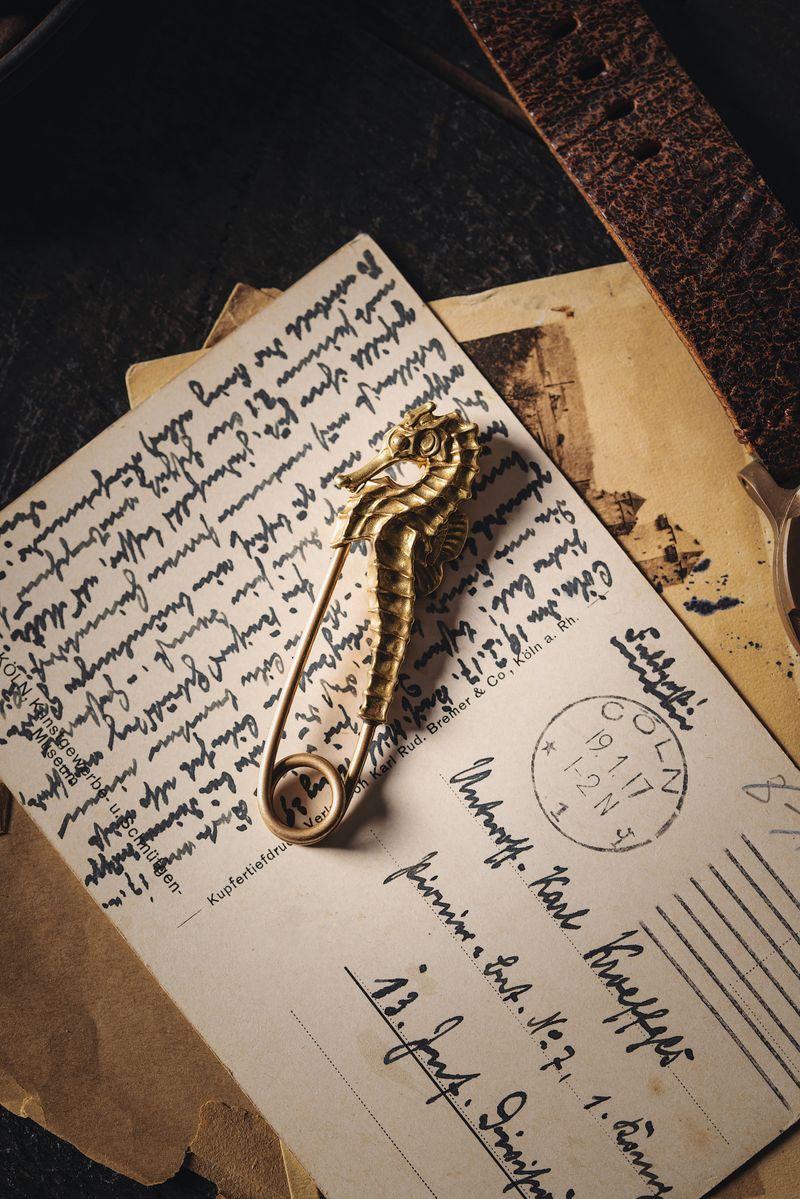
Objects with documented connections to historical events or famous people can be extremely valuable. Check for old labels, newspaper clippings, or photographs that might establish provenance – the item’s history of ownership. A lot of things come with stories or documentation.
Don’t ignore old papers or photos tucked inside books or furniture drawers; these might provide crucial context about the item’s significance. Family Bibles with handwritten records, letters signed by notable figures, or items from significant historical periods deserve careful research!
7. Regional Or Cultural Significance
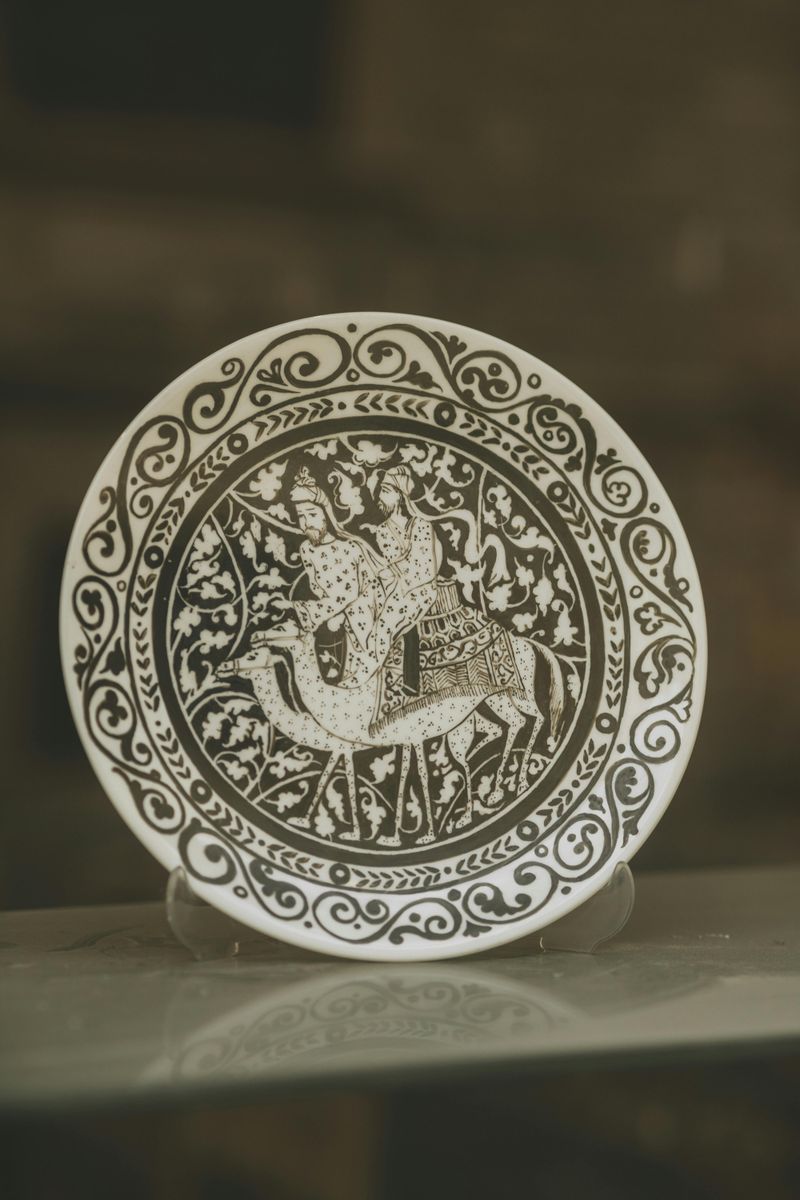
Local artwork, folk crafts, and regional specialties often hold hidden value, especially in their area of origin. Native American pottery, Appalachian quilts, or Southern face jugs might seem ordinary to outsiders. But they are prized by collectors who understand their cultural importance.
Regional furniture styles like Pennsylvania Dutch, Southern plantation, or New England Shaker pieces have distinctive characteristics that experienced collectors recognize immediately. Even humble utilitarian objects can be valuable if they represent vanishing crafts or traditions. Pay attention to the location of the estate sale itself.
8. Unusual Shapes Or Forms That Stand Alone
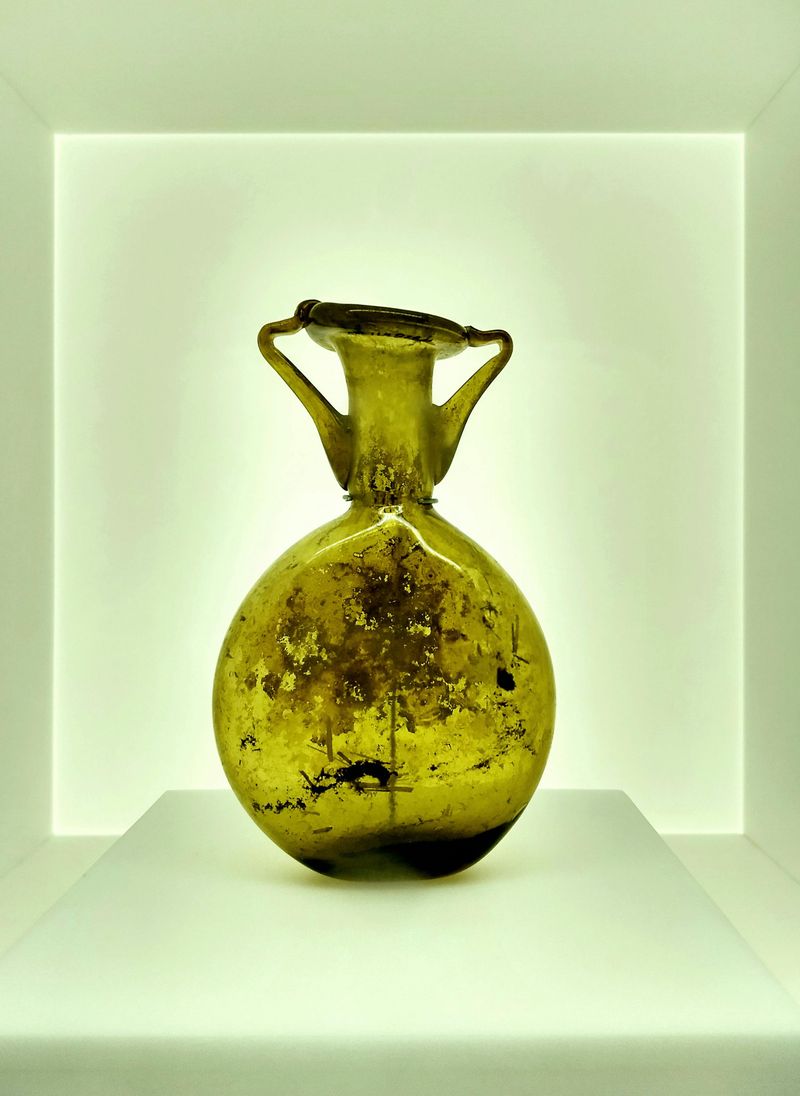
The oddball item that doesn’t seem to fit with everything else might be your best find. Manufacturers often produced experimental pieces or limited editions that didn’t follow their standard patterns. Unusual variations can be worth far more than common production items.
Strange tools whose purpose isn’t immediately obvious could be specialized antiques for trades or crafts no longer practiced. Quirky advertising items, prototype products, or manufacturing mistakes sometimes become highly collectible. Trust your instincts when something catches your eye as different or unusual.

